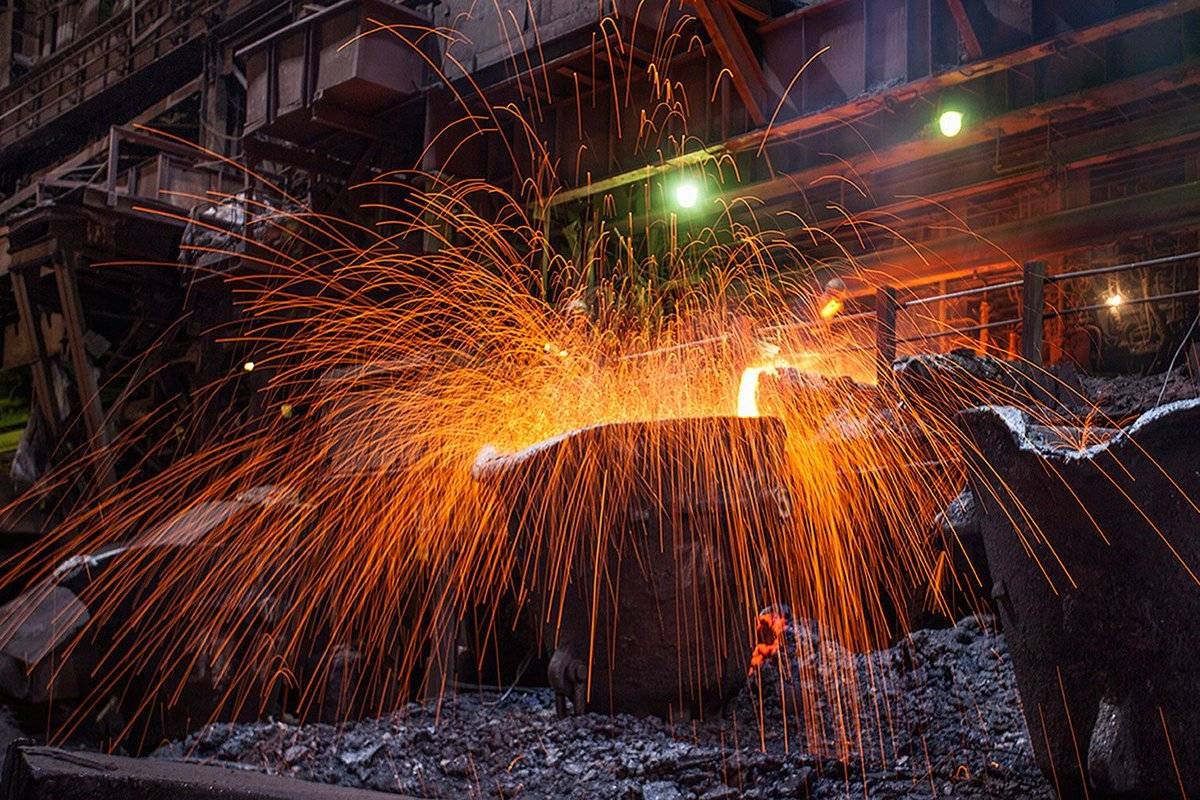Ukraine: Former Metallurgy Giant in Konstantinivka Declared Bankrupt

Court Decision:
In August, the economic court of Donetsk region recognized "Ukrtsink" from Kostyantynivka as bankrupt, as noted in the court register.
Historical Background:
The enterprise, which was once a significant player in non-ferrous metallurgy, ceased operations in 2002. From its assets, new entities like "SP Lead" and "Zinc" emerged.
"Ukrzinc" was established in Konstantinovka in 1930 to manufacture zinc. It had a capacity to produce 12,000 tons of zinc annually. After World War II, the facility underwent extensive reconstruction, doubling its area and updating its zinc production technology to a more modern electrolytic method.
By 1953, the plant had introduced cadmium production and, in 1954, initiated a new lead production that was considered the largest in the European part of the USSR, boasting a maximum capacity of 40,000 tons per annum.
Transition and Partnerships:
In 1994, the state-owned "Ukrzinc" underwent corporatization. By 1996, it transitioned to producing zinc salts. Its partner during this period was the Swiss corporation "Glencore," which supplied raw materials and procured the finished products.
Decline and Restructuring:
After their partnership ended, the enterprise began to decline. Efforts were made to restructure, moving zinc production to "Zinc" and establishing "Lead" based on the lead production of "Zinc". Both these new entities initially had "Ukrzinc" as a shareholder.
However, by 2002, "Ukrzinc" ceased production, focusing instead on rental services, due to various challenges like lack of working capital. Three years later, the State Property Fund opted to liquidate "Ukrtsinc" due to large outstanding debts.
Bankruptcy Proceedings:
The bankruptcy case against "Ukrtsink" initiated in September 2011 took 12 years to finalize. The protracted legal battle was partly because the enterprise had to be restructured after the occupation of Donetsk. Additionally, the company was on a state property list that made it ineligible for privatization until 2019.
The court's verdict emphasized the lack of assets, unresolved accounts payable, and no interest in restoring solvency. It concluded that the only viable way to address creditors' claims was through liquidation.





